Service History
The wooden three masted bark
G. L. Newman was built in Black River, Ohio in 1855 by shipwright Benjamin Flint. The vessel was named for Buffalo, New York businessman George Lissant Newman (1816-1913). Throughout its career, the vessel is described variously as a bark or a schooner, it may have started its career rigged as a bark; where its foremast and mainmast are square-rigged with the mizzenmast rigged fore and aft and the vessel may have had its rig changed to a schooner at some point in its career, perhaps around the major repairs done in 1861. Many of the earliest sailing vessels on the Great Lakes started as the classical square-rigged vessels but were converted to schooners when it was quickly realized that schooner rigs were the best and most economical for sailing on the Great Lakes.
Throughout the early part of its career, the
G. L. Newman was used in the grain trade, it would sail to ports like Chicago, Milwaukee, and Racine for cargos of flour, wheat, and corn, and then return to Buffalo. Occasionally, the vessel would take a cargo of coal from Buffalo to these ports. In addition to grain, the vessel would also carry a cargos of salted fish. On 27 October 1856 the
G.L. Newman collided with the brig
Sultan off of Presque Isle on Lake Erie. The
G.L.Newman had to jettison 70 tons of coal. The
Sultan had to run for the east shore of Lake Erie to make it to safety before the storm hit. The hull of the
G.L. Newman had to be repaired. On 24 November 1858 the mortgage on the
G.L. Newman was sold to the Bank of Racine. Default was made in the payment of mortgage and the Bank of Racine took possession of the vessel and sold it at public auction on 28 December 1858. The vessel would continue its career in the grain trade, but would be homeported from Racine.
G.L. Newman took shelter in the Port of Milwaukee and was "detained by the stress of the weather". In 1861, major repairs were made to the vessel. In June of 1866 the
George L. Newman had collided with the schooner
Ithaca while sailing on the St. Clair River. Each vessel received $200 worth of damage. A year later in June 1867 the
G.L. Newman had collided with the propeller
Chafee in Milwaukee harbor and each received $200 worth of damage. On 4 November 1867 while the
G.L. Newman was downbound on Lake Michigan for Chicago, encountered heavy weather that sprung the vessel's mizzenmast. On 1 July 1869 William Millington a seamen aboard the
G.L. Newman fell overboard while hooking the "boom pennant" onto the book. Fortunately he maintained his grasp on the pennant and was hauled back aboard by the crew pulling in the pennant.
On 26 May 1870 the schooner had to stay docked in Racine due to its crew deserting the ship after having struck for higher wages and having their raise denied to them by the owners. On 25 May 1871 the
G.L. Newman had its main boom carried away by a squall while sailing on Green Bay from Little Suamico. The boom was later repaired at Racine.
Final Voyage
On 8 October 1871, the
G.L. Newman had departed Little Suamico, Wisconsin on Green Bay with a cargo of lumber. The vessel was sailing completely blind due to the thickness of smoke generated from the Great Peshtigo Fire. Where at 9pm the vessel ran aground on the shoals on the southeast side of Green Island, in the middle of Green Bay. The smoke was so thick that the lightkeeper at the Green island Lighthouse Samuel Drew had kept the light lit during the day. Samuel Drew helped rescued the crew of the
G.L. Newman who stayed at the lighthouse for a week while waiting for someone to pick them up. They salvaged what they could from the wrecked vessel.
Later, Captain Trowell of the schooner
Saginaw later spotted the wrecked
Newman and reported the vessel was "full water, her cabin washed out and...is abandoned as a wreck." It was also thought that the cargo of lumber was either going to be partially or wholly lost. On 23 November 1871 a small vessel from Racine was sent up to recover the rigging from the
G.L. Newman. The vessel was abandoned where it was, eventually succumbing to the elements.
Today
On 23 August 2023, father and daughter duo Tim and Henley Wollak were fishing off of Green Island Wisconsin, where Tim noticed a shipwreck on his fish finder. Henley had believed the wreckage to be a rare "Green Bay Octopus". Tim had believed that he had relocated the wreck of the
Erie L. Hackley located nearby. Two months later in October of 2023. Tim had posted the images he had taken of his fish finder on Facebook where it caught the attention of the Wisconsin Historical Society's Maritime Preservation Program, where through historical research the wreck was positively identified as the
G.L. Newman. On 29 April 2024 Henley was presented with an award at her school for her discovery of wreck. In May 2024 the Maritime Preservation Program along with some volunteer divers surveyed the wreck of the
G.L. Newman.
The wreck is broken up and spread across a wide area across Green Island Reef in very shallow water. The wreckage indicates that the
George L. Newman was repaired many times over its career.
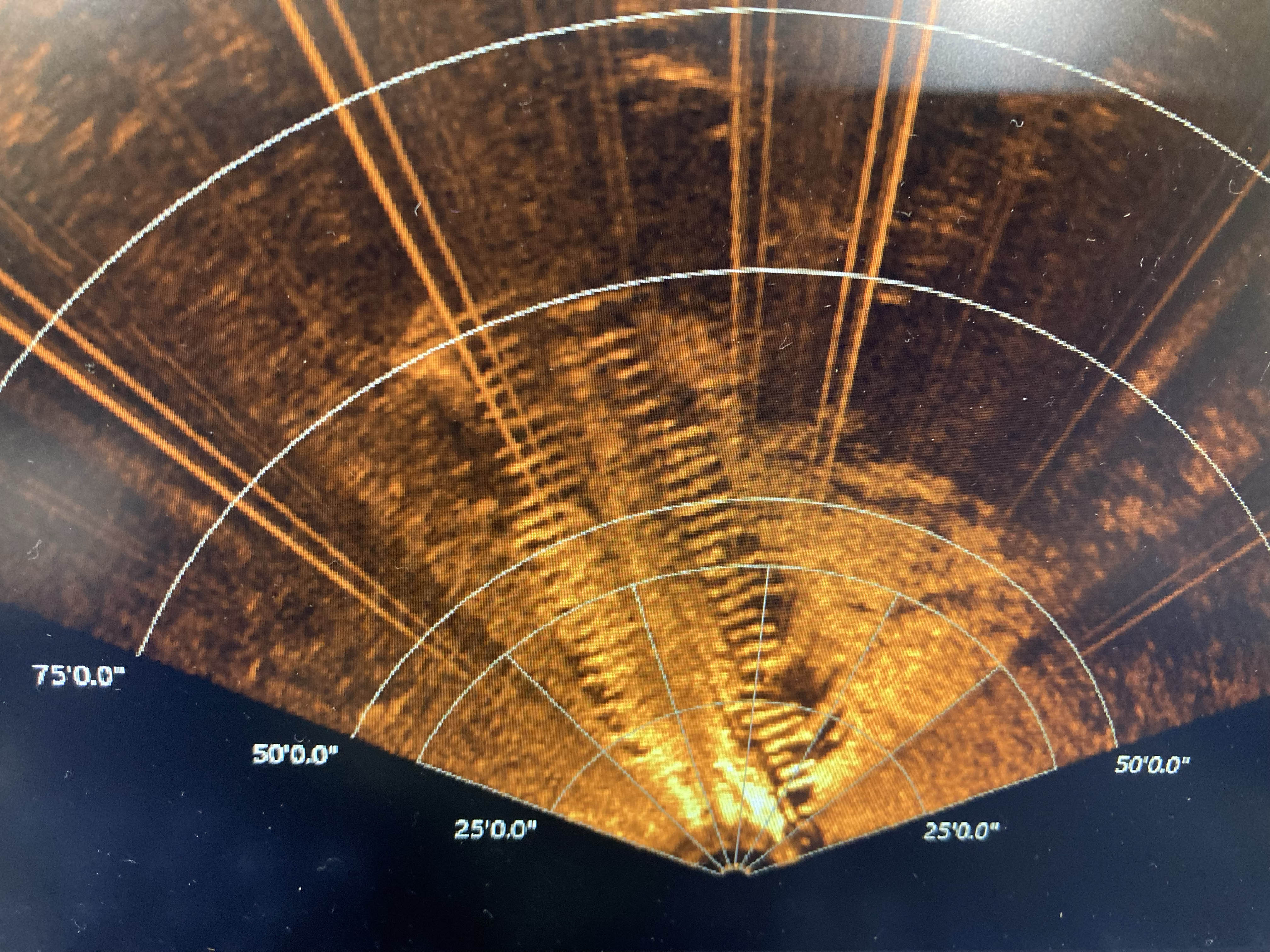
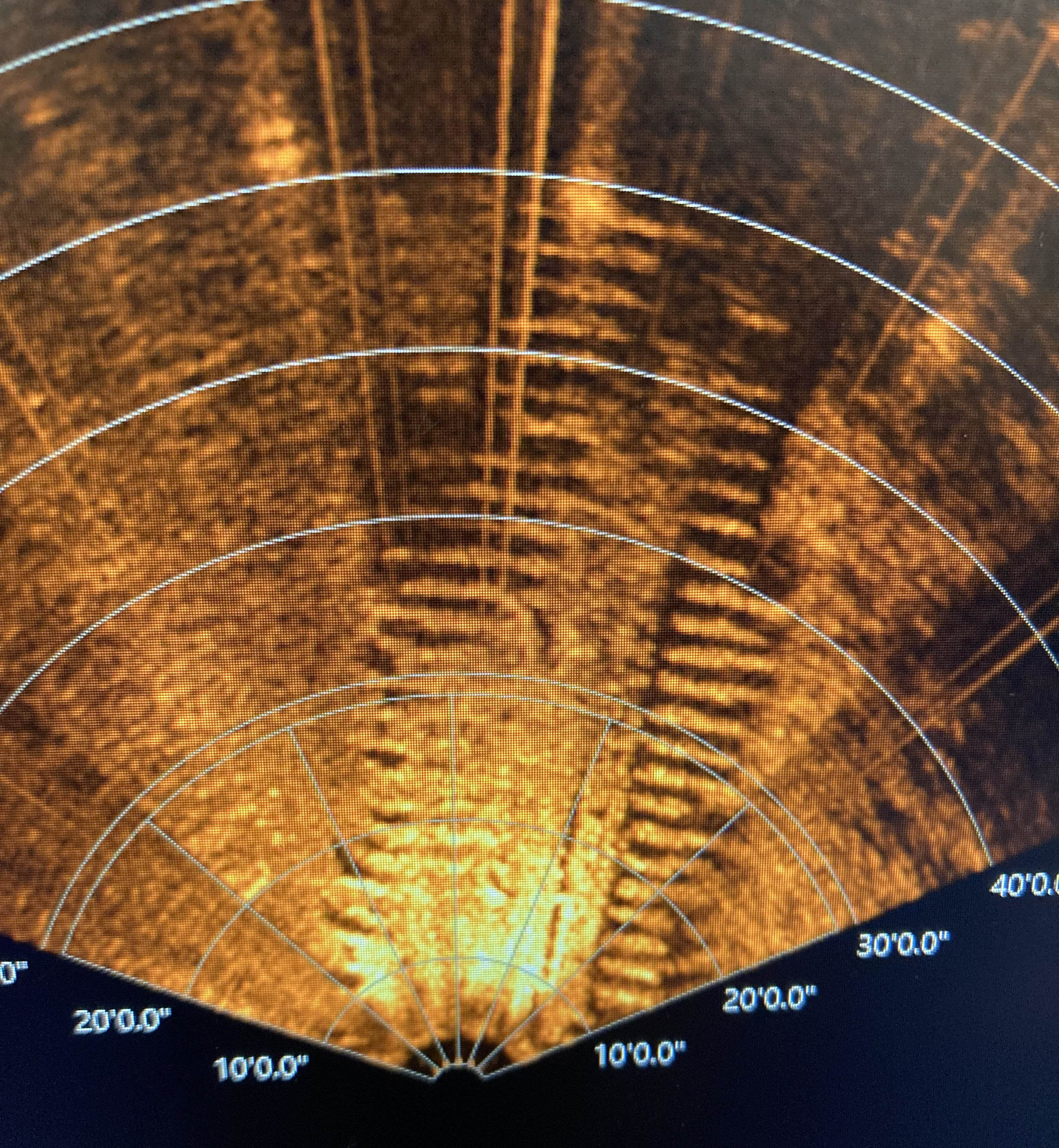
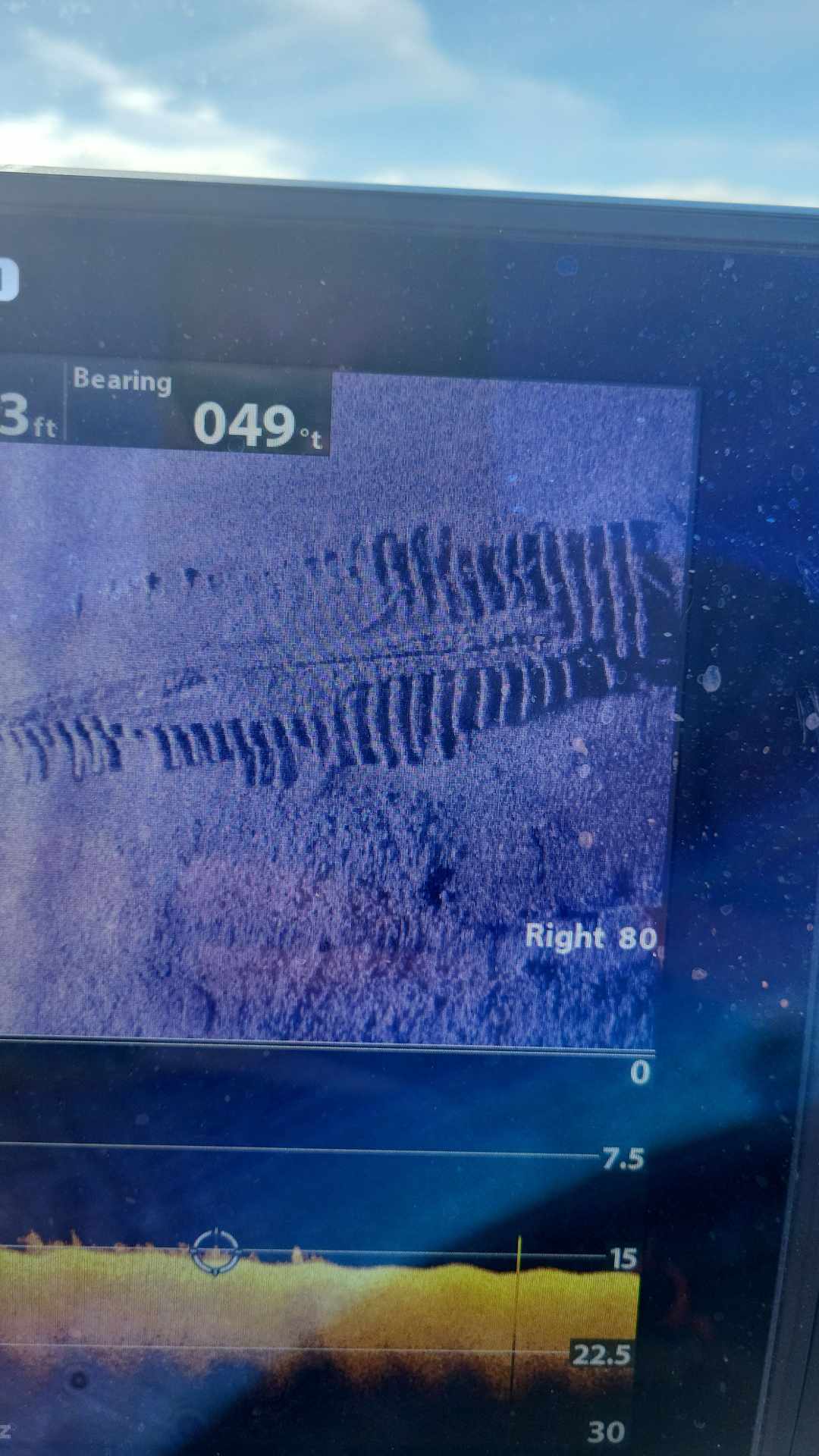
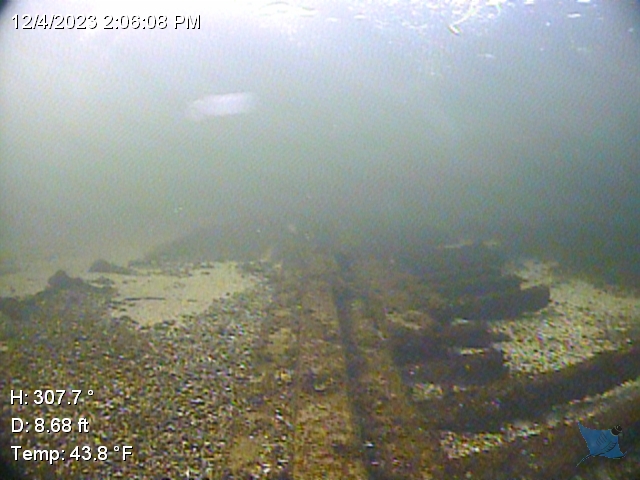
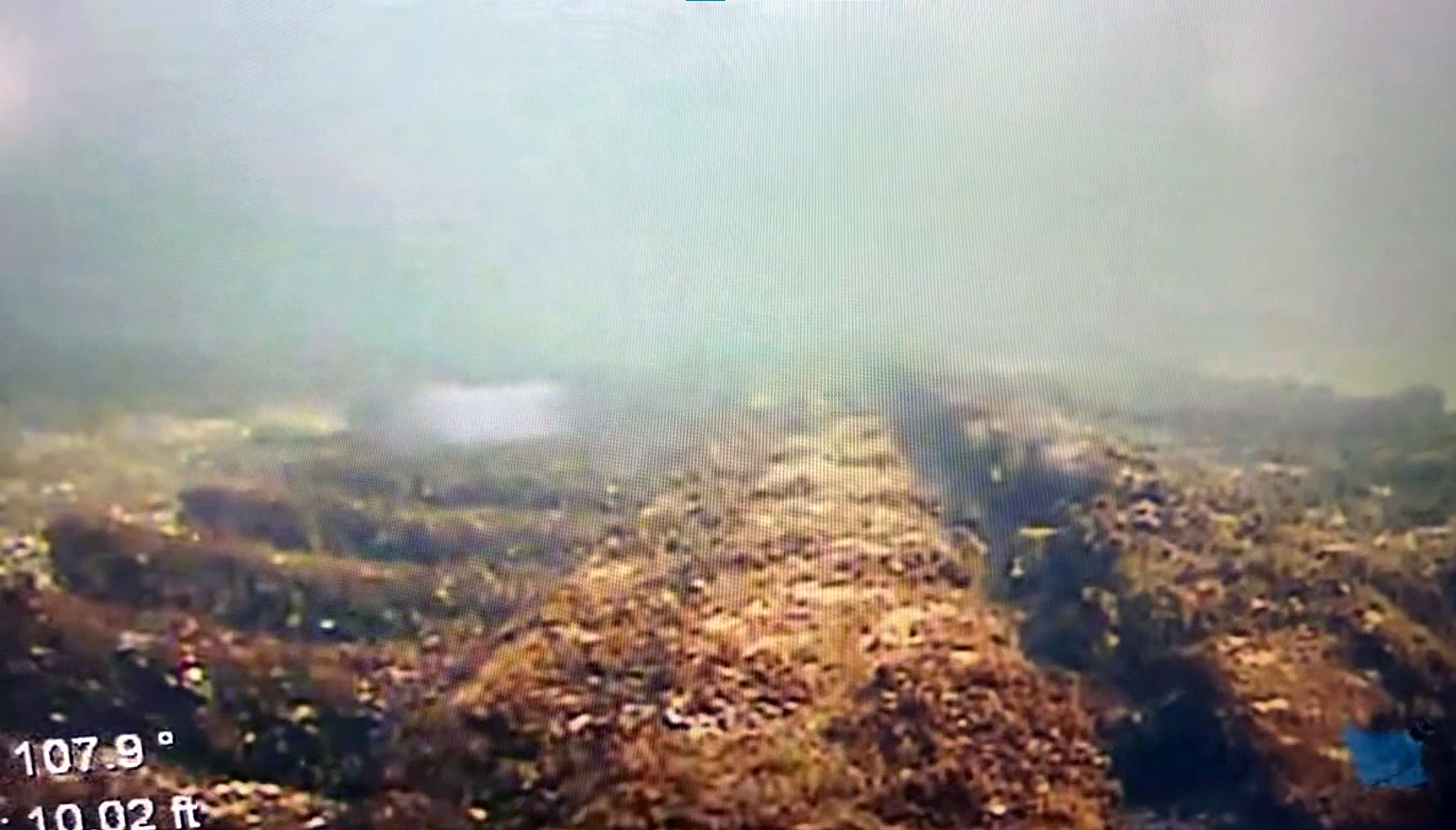
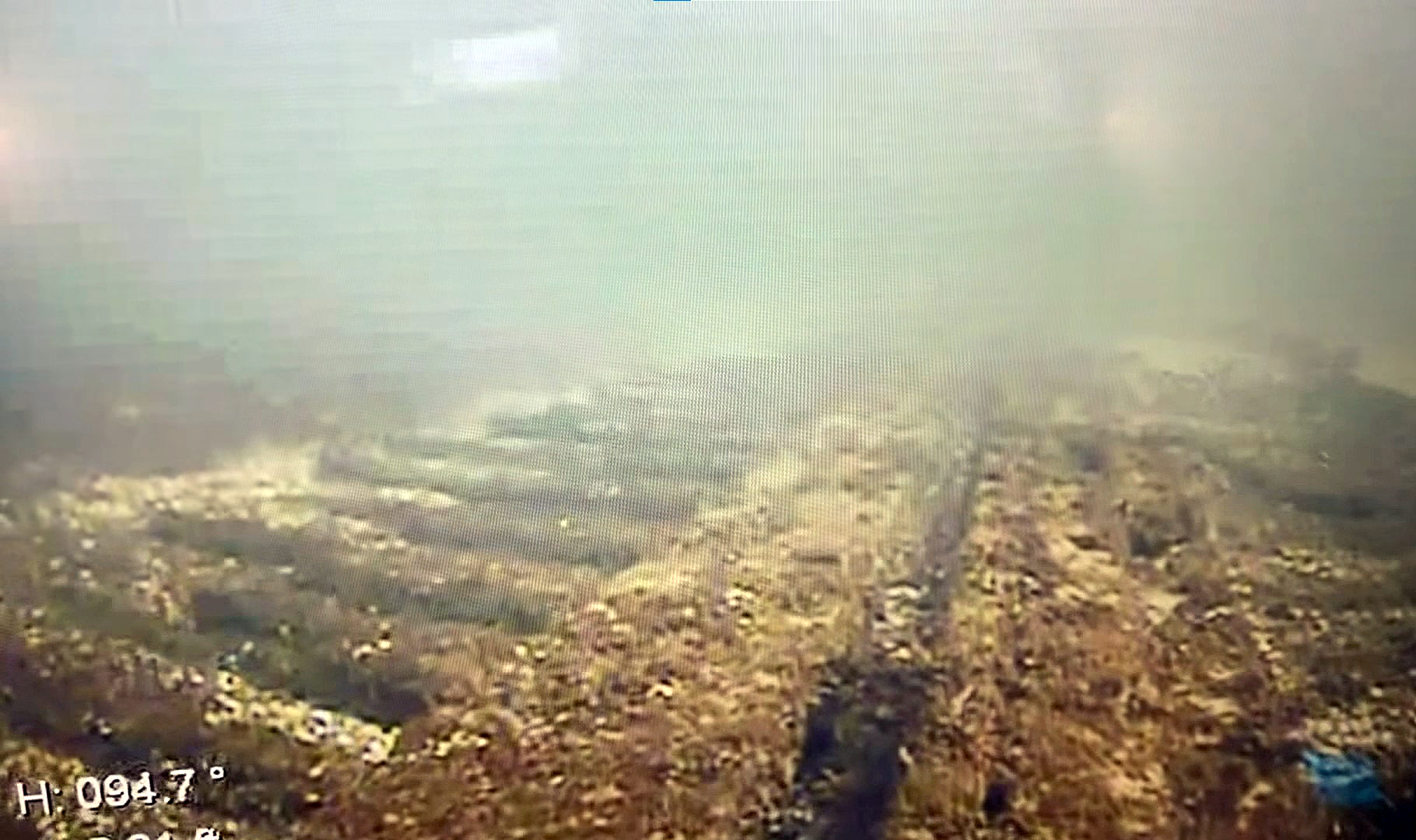
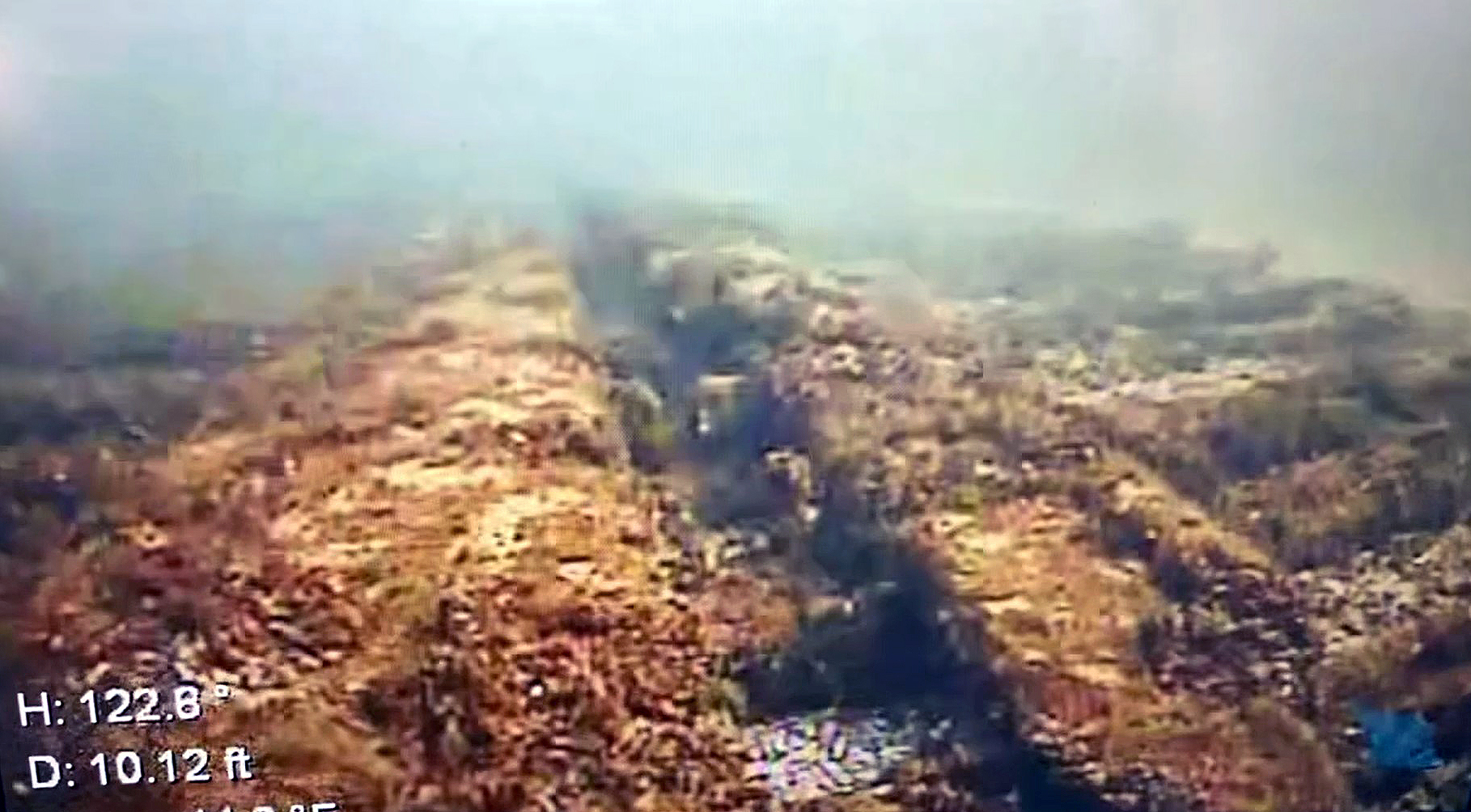
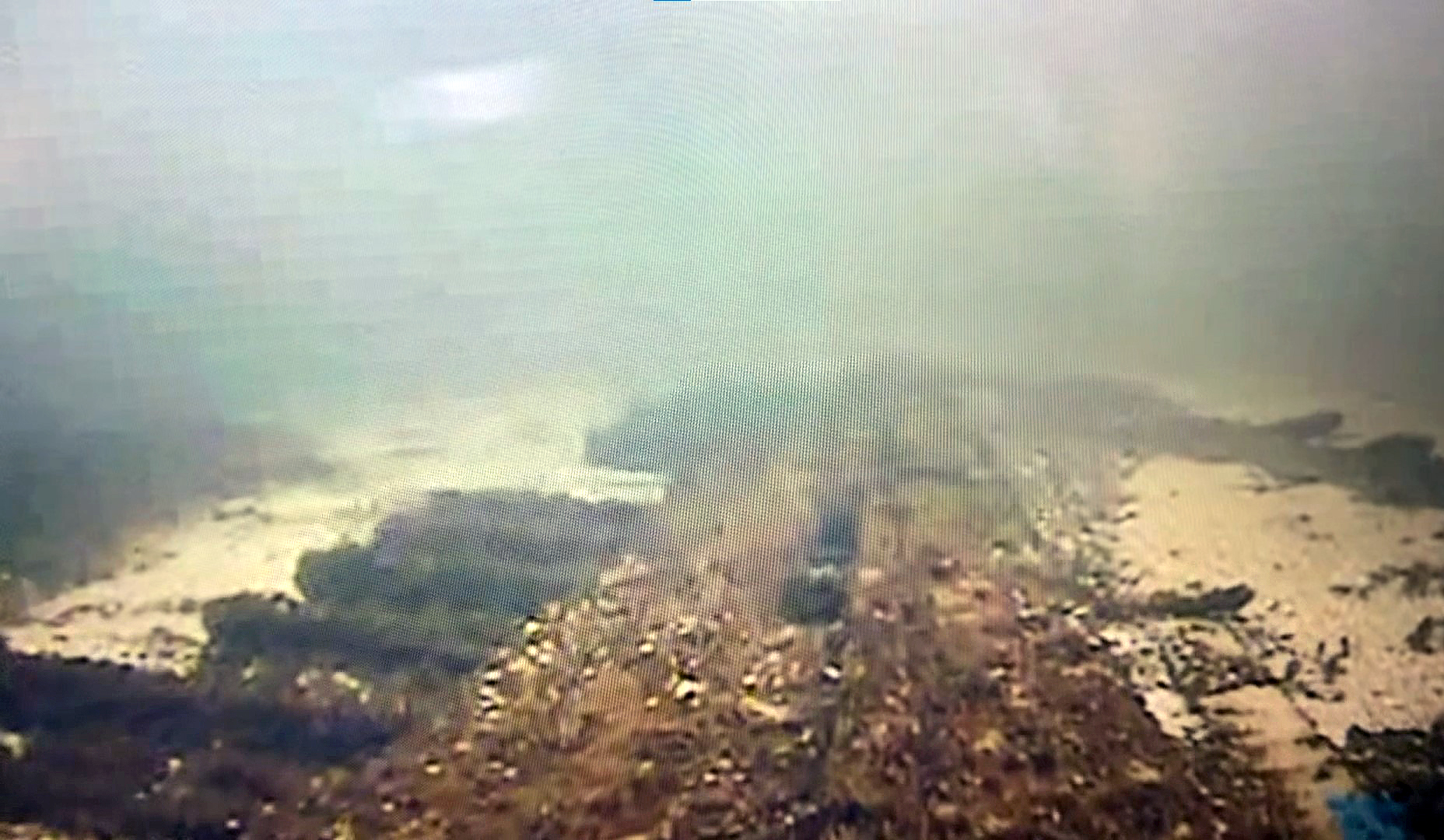
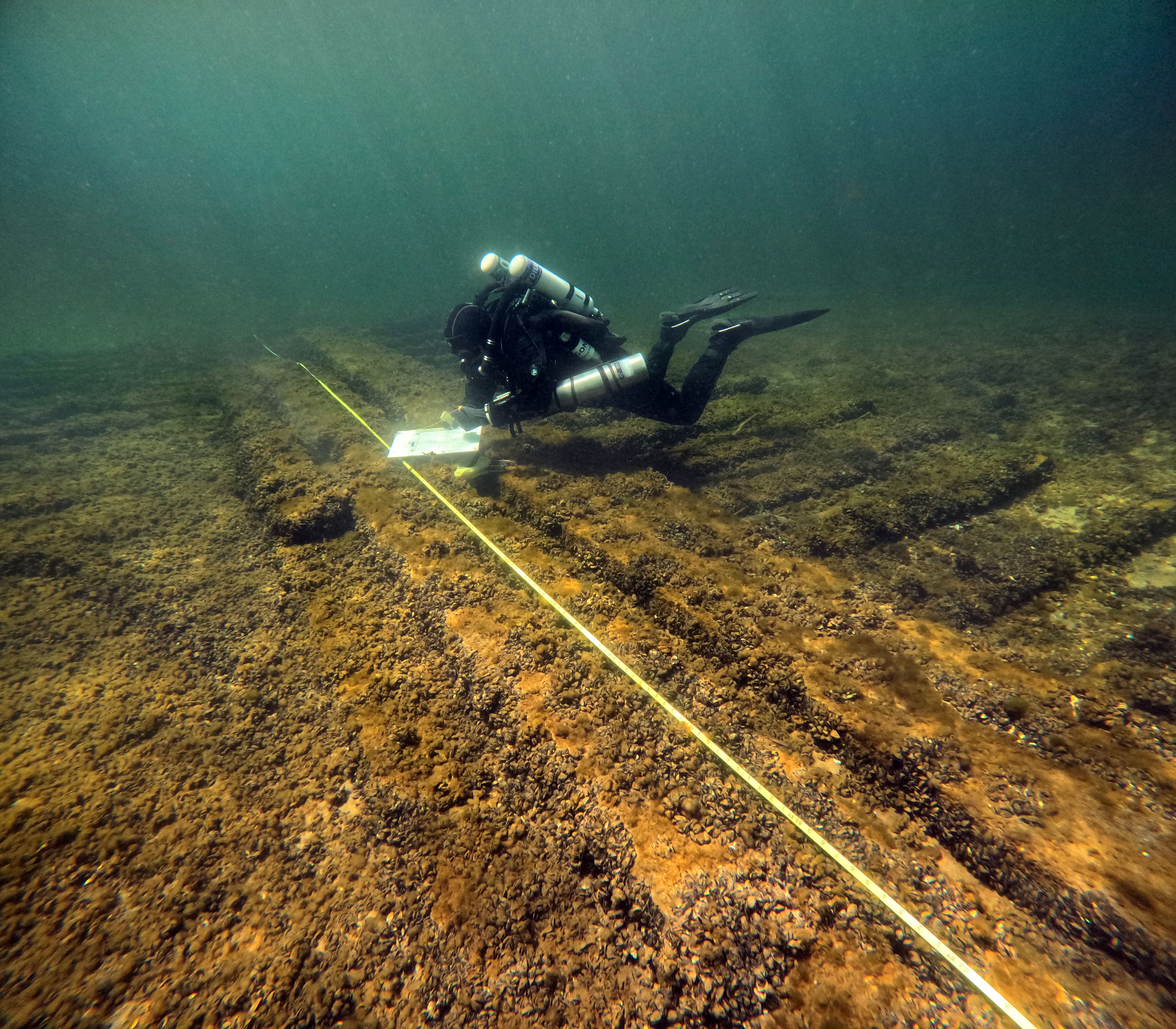
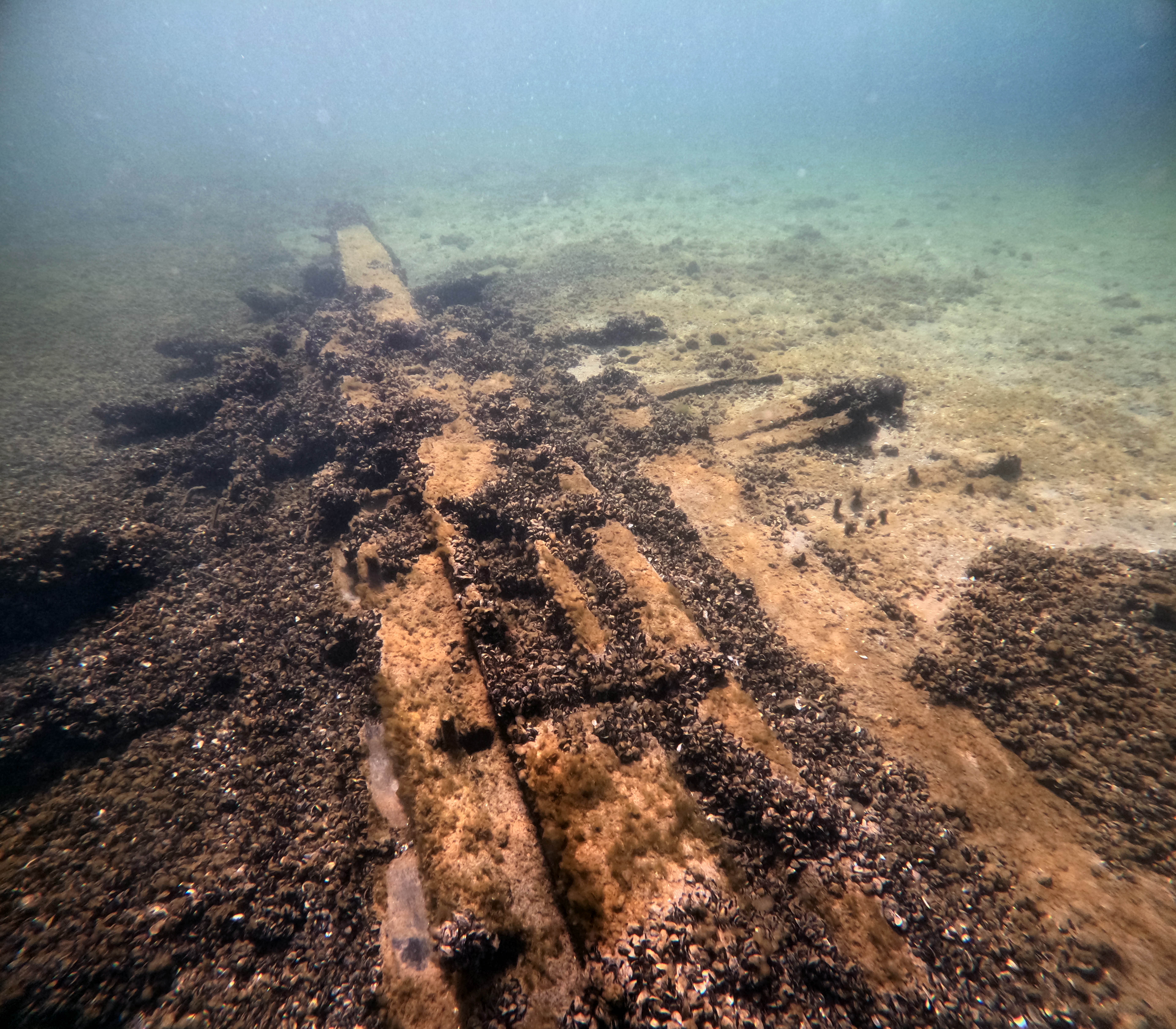
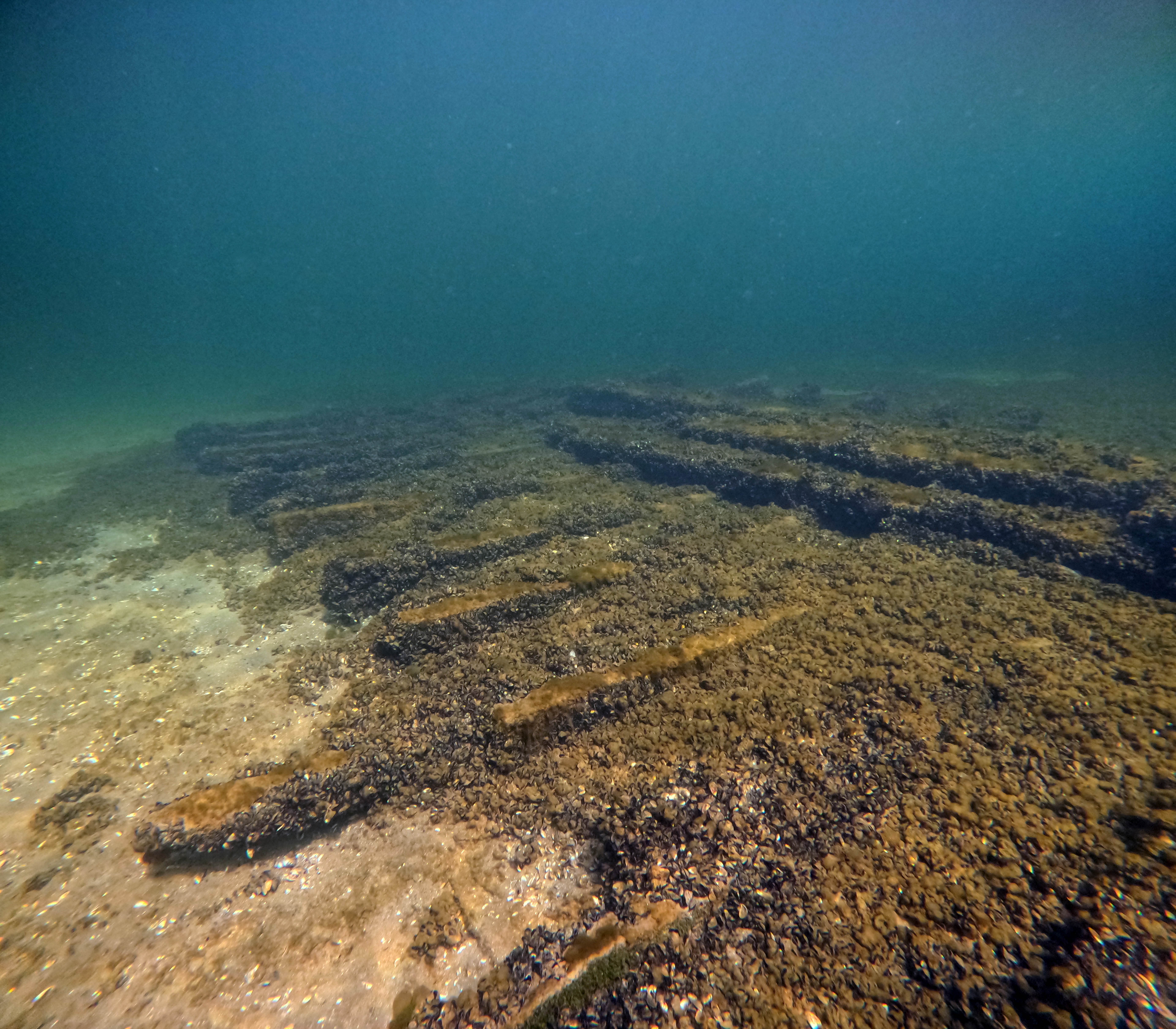
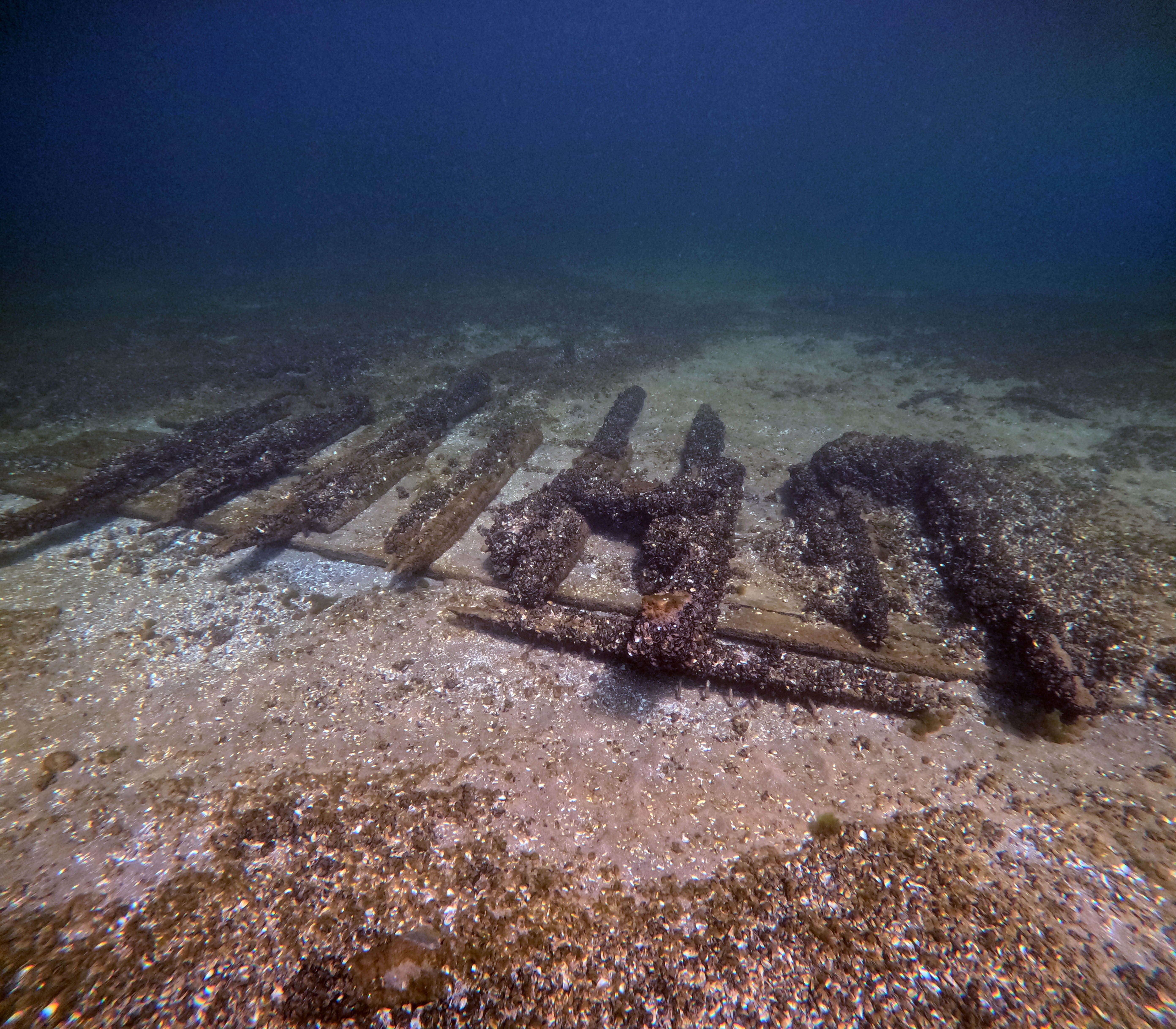
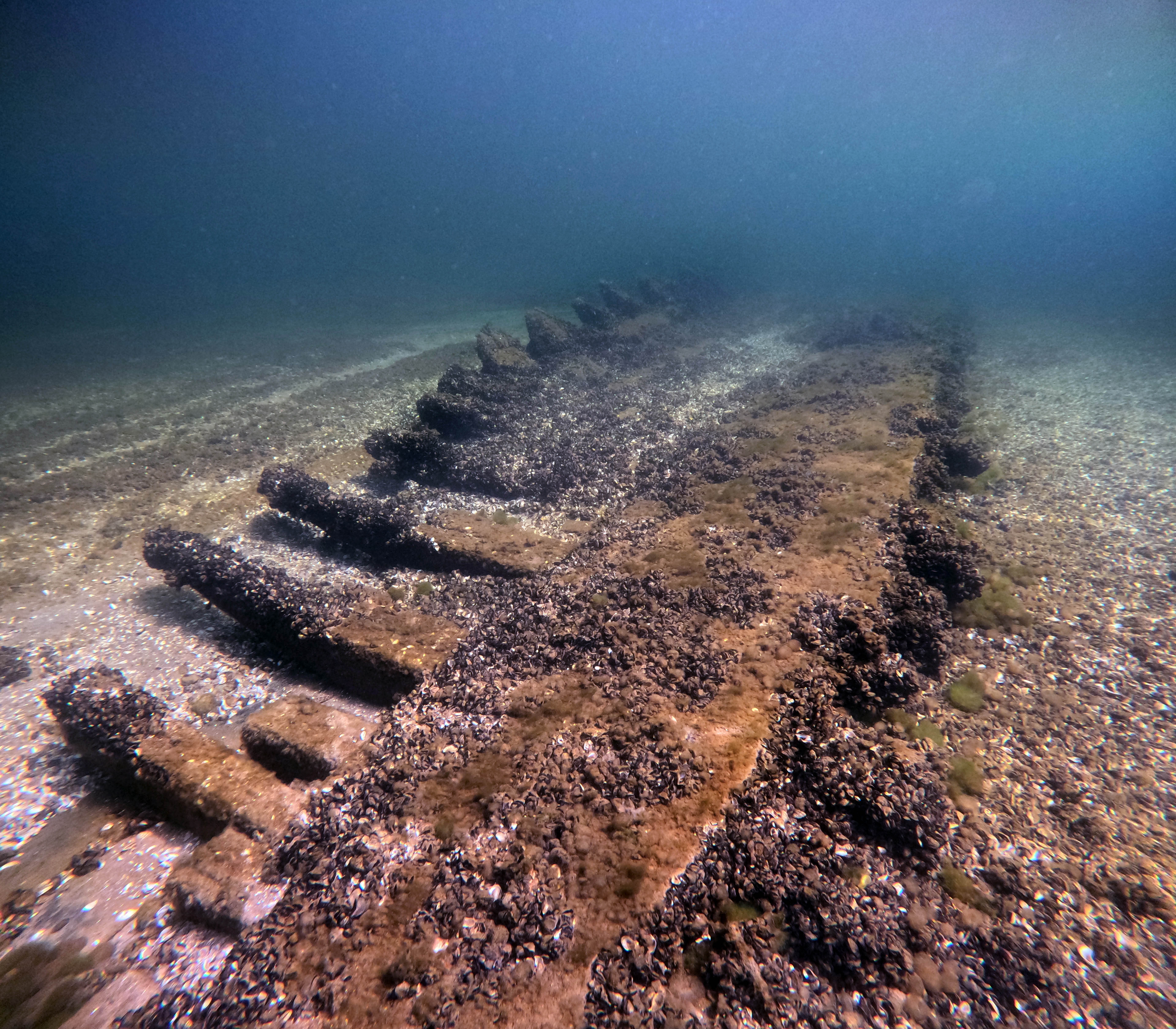
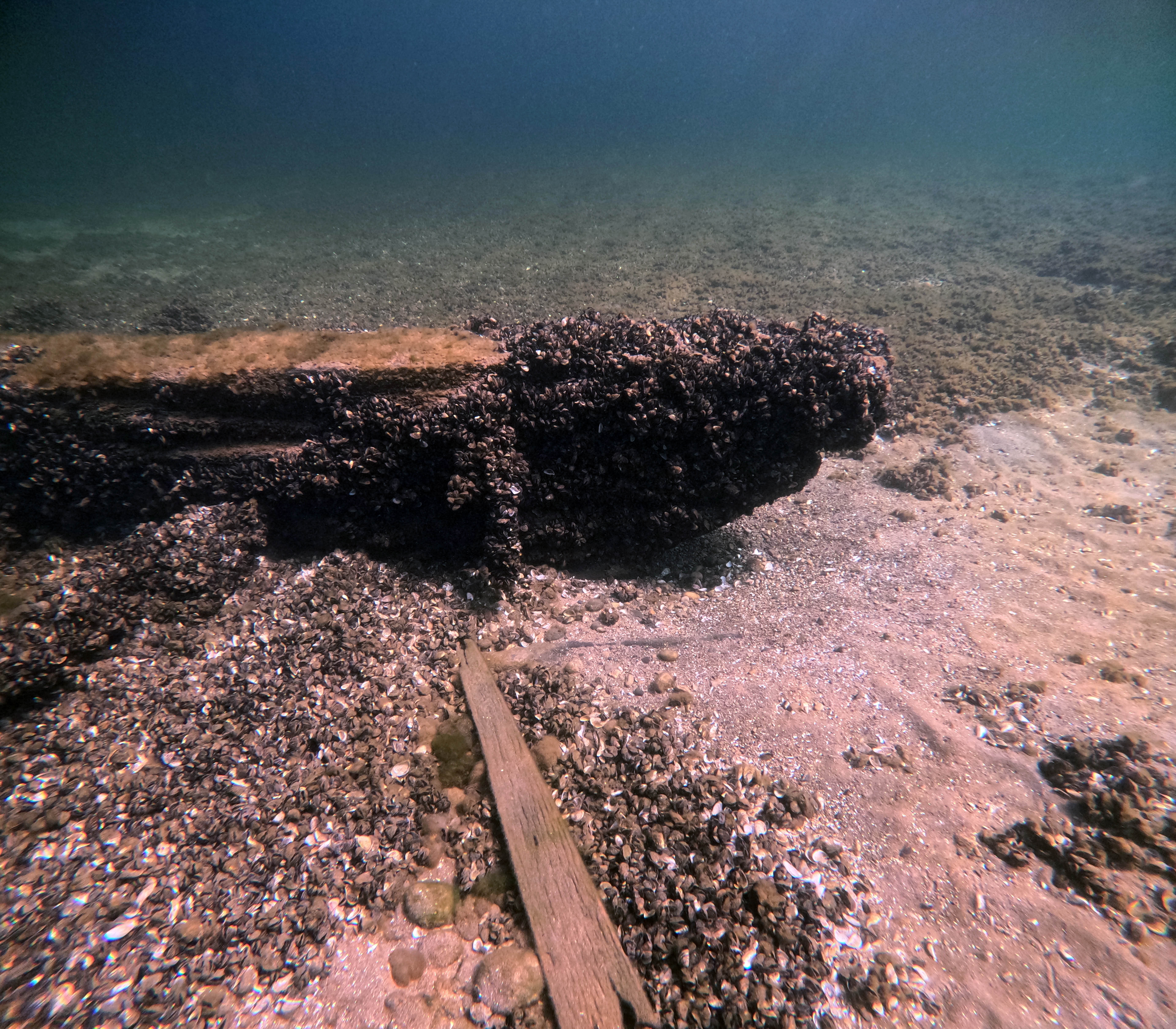

 Confirmed Location
Confirmed Location
 Unconfirmed location
Unconfirmed location